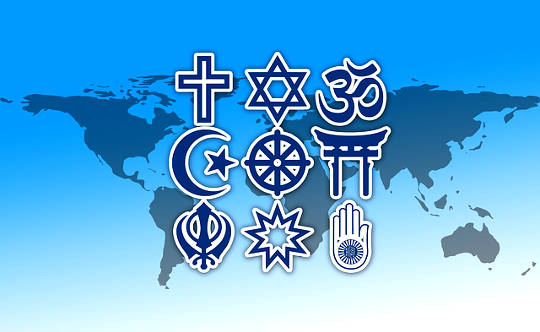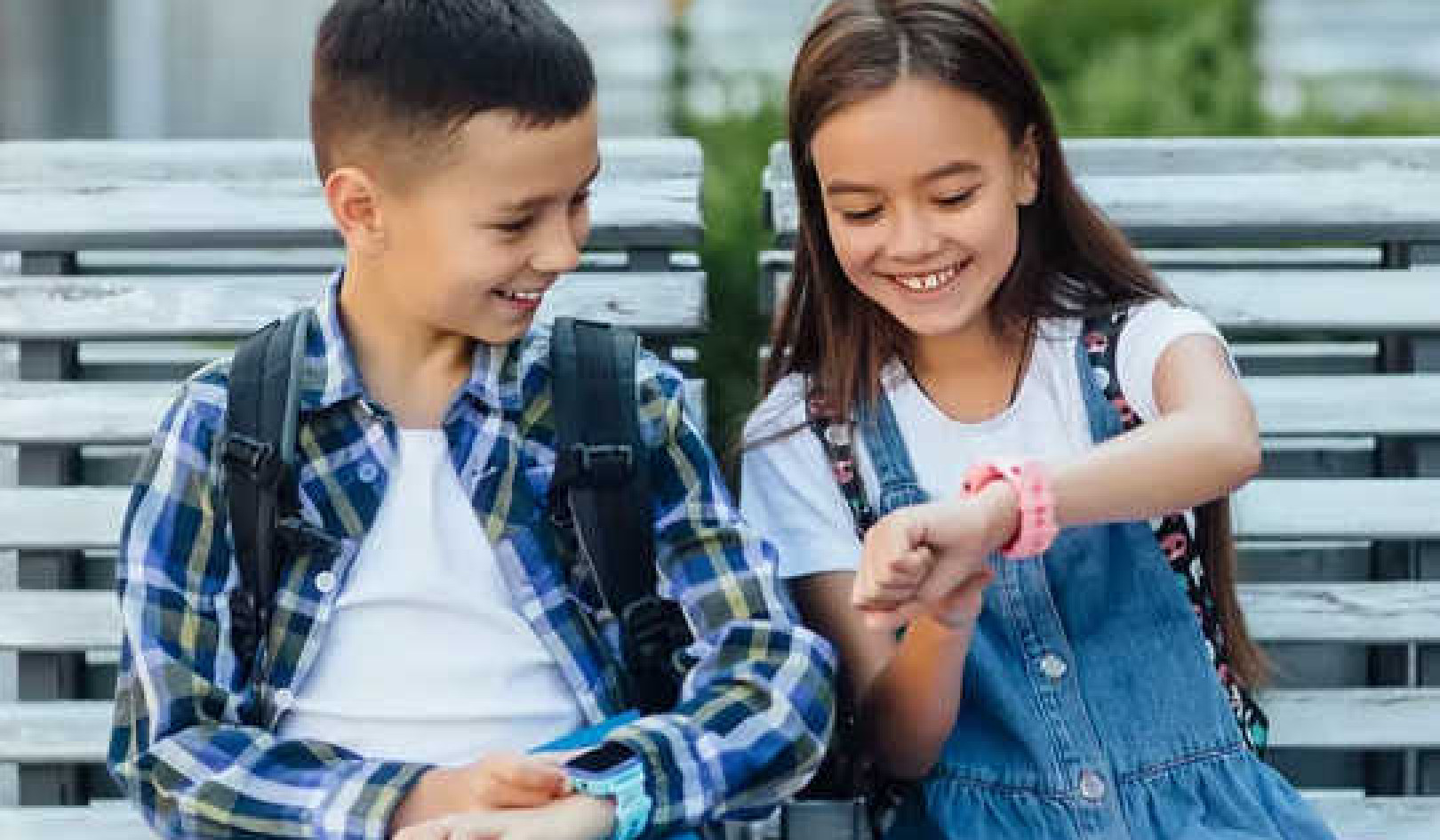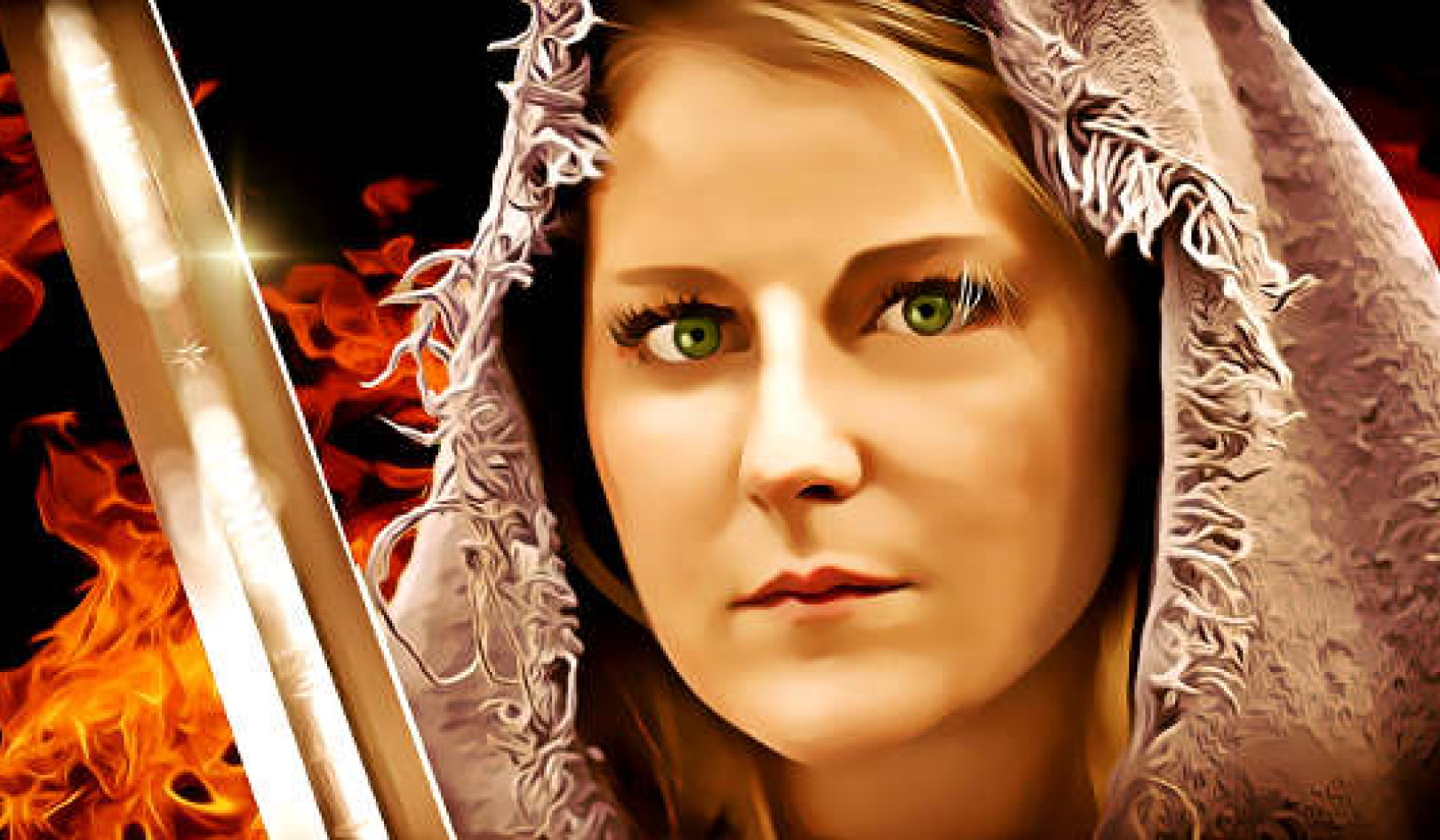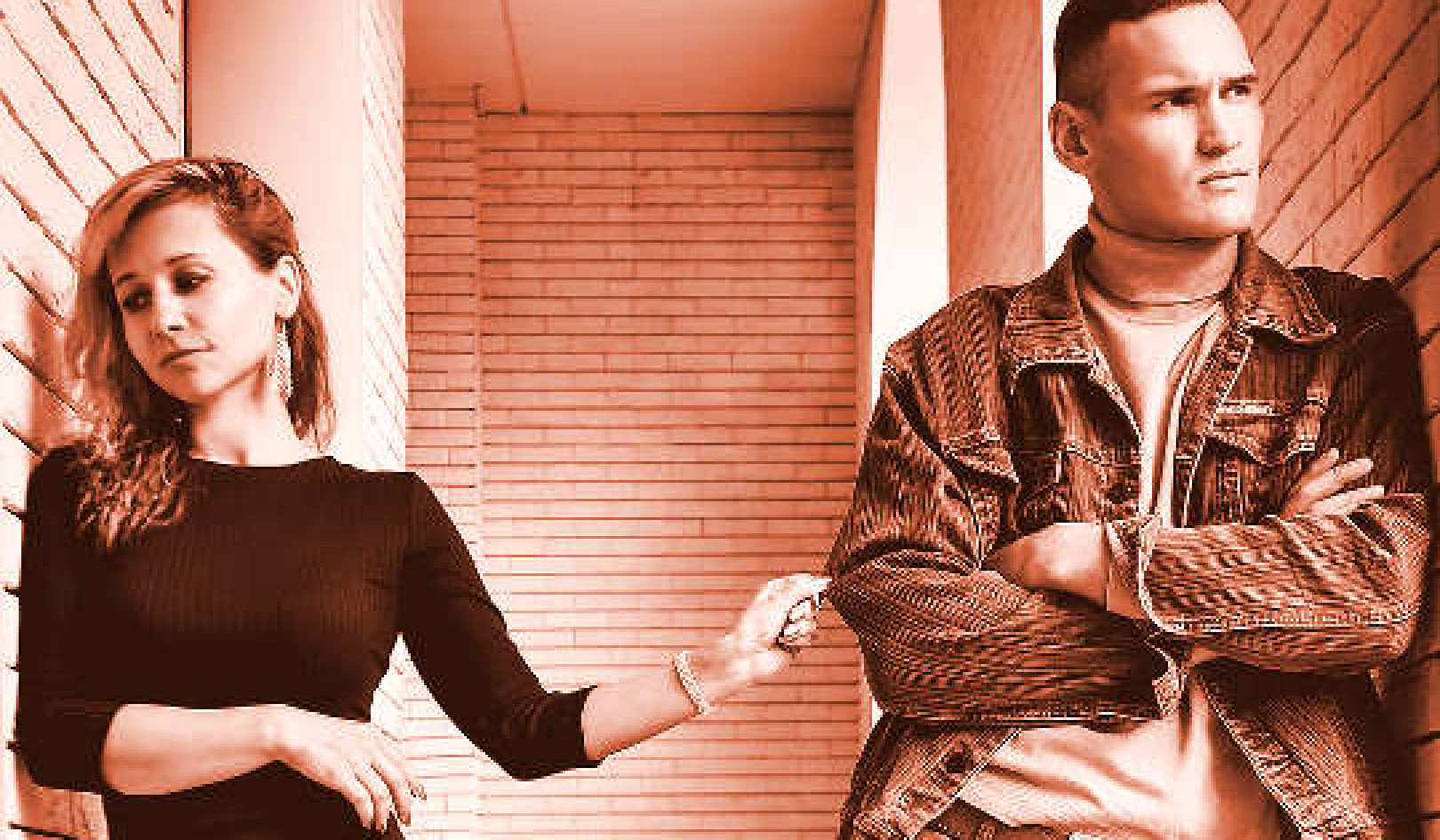
American families blend a mix of religious identities and traditions today more than ever. These interfaith dynamics appear in day-to-day life, but the holidays can add extra emphasis.
“There is no one cookie-cutter correct way for interfaith couples to navigate holidays…”
Keren McGinity, adjunct assistant professor of American studies and research associate at the Hadassah-Brandeis Institute, has written two books on the subject of interfaith marriages: Still Jewish: A History of Women & Intermarriage in America (NYU Press, 2012), and Marrying Out: Jewish Men, Intermarriage, and Fatherhood (Indiana University Press, 2014).
Here, McGinity answers some questions about interfaith marriages and the winter holidays:
Q: What do we know about how interfaith couples treat holidays and traditions?
A: The phenomenon commonly referred to as the “December Dilemma” signifies the manifold tensions and decision-making that intermarried couples face regarding reconciling two different faiths at a particular time of year. Everything from how to decorate the house, whether to celebrate both Chanukah and Christmas, one, or neither, is subject to discussion.
How strongly one partner feels about his or her own faith often determines whether the couple celebrates in a way that honors both religious traditions or focuses primarily on one of them. There is no one cookie-cutter correct way for interfaith couples to navigate holidays other than to do so respectfully.
Also, it’s very important to realize that “interfaith” can be a misnomer. In some cases faith/faithless is more accurate such as in Jewish families in which one parent is not Jewish but does not actively practice another religion.
Q: Are interfaith marriages trending in one direction or another in the US? When did this trend begin and have there been cultural factors that influence this change?
A: Interfaith marriages have been steadily increasing over time in the United States, first among Christians of different denominations and then between Christians and Jews. Between 1930 and 1960 marriages between Catholics and Protestants became more widespread, while marriage between Jews and Christians remained less common.
Before 1970, only 17 percent of Jews intermarried. Over the past fifty years, interfaith marriage rates skyrocketed to 58 percent among Jews who married in 2000 or later. Multiple factors influenced this increase including liberalism, ecumenism, and social integration, a decline in overt antisemitism, and Jews becoming more secular.
Q: As interfaith marriages have become more common in the US, have we seen a change in how interfaith families treat the holidays?
A: Yes. As interfaith marriages have increased, Chanukah’s significance has sometimes been over-emphasized to counterbalance the commercialization of Christmas. The growth in Chanukah merchandising and Jewish events in public spaces has meant that interfaith families have more decisions to make about how to handle the holidays.
As interfaith marriages have become more common, interfaith families strive to make compromises in order to keep the peace in their homes and with extended family members. It has become increasingly important for couples and families to figure out how to honor both Jewish and Christian traditions in their own right rather than blend them. In other words: to celebrate rather than diminish differences.
By recognizing the distinctiveness about holidays and traditions, interfaith couples can create authentic celebrations, converting a December dilemma into December delights in their own unique ways.
Acknowledging the sanctity of Christmas and the historical reality and meaning of Chanukah fosters a family culture of mutual respect, enabling interfaith families to alleviate the pressure of trying to create a nonsensical holiday that encompasses both.
By preserving what is uniquely Jewish or uniquely Christian about holidays, interfaith marriages are opportunities for partners to learn about their own and each other’s traditions, and to teach their children about them. Children of interfaith marriages can celebrate a parent’s holiday as a way of honoring that parent yet identify with the other parent’s religion and culture.
Q: Are there usually differences in how these traditions affect men and women?
A: The main difference in how traditions affect men and women is regarding the division between domestic and paid labor and how that influences consumer and producer behavior. Women have and continue to do the bulk of the shopping for presents, as well as cooking and cleaning. Men continue to be the primary breadwinners, in part due to the gender pay gap, whose contributions to the holidays often entail paying for what women buy.
That is not to say that women do not work or men do not shop. They do, but holidays are a reflection of the larger labor forces at play in American society throughout the year.
Q: How do these differences affect the Jewish community?
A: This gender difference has major implications for the Jewish community. Intermarried Jewish women raise Jewish children more frequently than do intermarried Jewish men whose wives of other faiths and backgrounds shoulder more of the childrearing responsibilities.
The Cohen Center’s 2015 study of millennial children of intermarriage found, for example, that children with a Jewish mother had more formal Jewish education, Jewish ritual practices, and informal Jewish social opportunities than those with a Jewish father.
My study of intermarried Jewish men found that although men may be adamant about raising Jewish children, the lack of equal parenting due to American gender norms inhibits their doing so equally effectively as intermarried Jewish women.
In addition, the lack of consensus between branches of Judaism about patrilineal descent means that Jewish men in interfaith marriages are not equally assured of their children’s Jewish identities as women are whose children are unanimously considered Jewish according to matrilineal descent.
Source: Brandeis University
Related Books:
at InnerSelf Market and Amazon






















